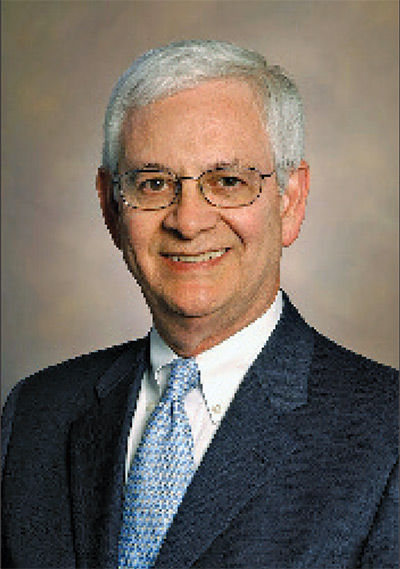My Response to the New USPSTF Recommendations

The new USPSTF draft recommendation is somewhat useful in that they do not convey the same negative message as their 2012 recommendation, i.e., “Don’t screen anybody.” The new recommendation will now compel PCPs to at least discuss PSA screening with their patients.
In contrast to PCPs, urologists have largely continued to screen (I think appropriately) their own patients, but have become frustrated to see the higher percentage of prostate cancer patients now being referred to them with advanced-stage disease by their primary care colleagues.
Many urologists recommend routinely obtaining a baseline PSA in men in their 40s, as recommended in the National Comprehensive Cancer Center Network (NCCN) guidelines. It is the most powerful predictor of metastatic and lethal prostate cancer decades later.
In addition, many urologists screen healthy men 70 years or older because, at age 70, they have 15.4 additional years of life expectancy, and prostate cancer is more aggressive in older men. Men older than 75 years account for 25% of prostate cancer cases but 50% of prostate cancer deaths.
Urologists also are more proactive about screening African-American men and men with a positive family history of prostate cancer, as both groups are at an increased risk for the disease and have a higher mortality rate from it. The new USPSTF draft recommendations only recommend a discussion in men ages 55- 69, without specifying different guidelines for men at greater risk for the disease due to race or family history.
The bottom line
During the PSA screening era (1991- 2008) the prostate cancer mortality rate had decreased by more than 53% in the U.S. If all physicians had complied with the Task Force’s previous recommendation, tragically, we would see most of these gains evaporate over the next 5-10 years.
So, in summary, I would respond to the new USPSTF recommendation by saying, “Good, but not good enough!” I would encourage asymptomatic, healthy men aged 55-69 to have an annual PSA test and a digital rectal exam to screen for prostate cancer.
In April, the U.S. Preventive Services Task Force (USPSTF) released a new draft recommendation on prostate cancer screening, stating that healthy men ages 55 to 69 years should discuss prostate cancer screening with their doctor and decide for themselves whether they want to be tested. This is a shift away from their 2008 and 2012 recommendations against PSA testing, which led to a significant drop in PSA testing and an increase in the percentage of patients who present with advanced disease at the time of diagnosis.
The period for public comment on the draft recommendation is now closed, and the release date for the final recommendation statement has not yet been announced.











